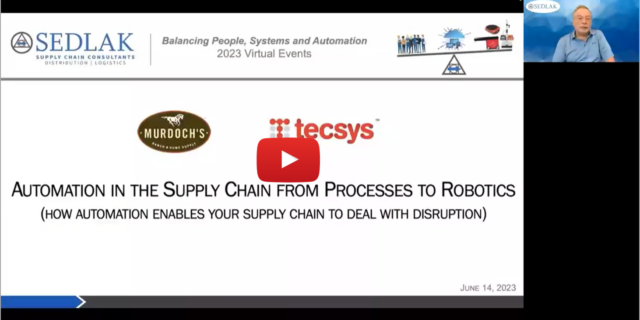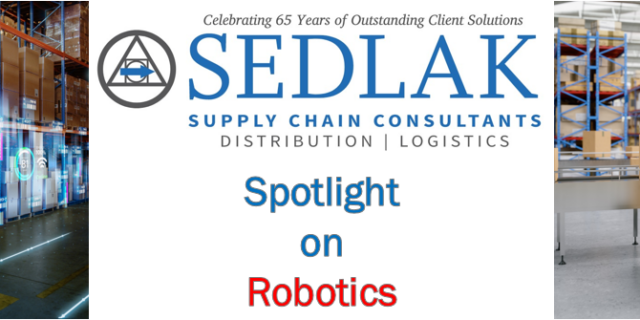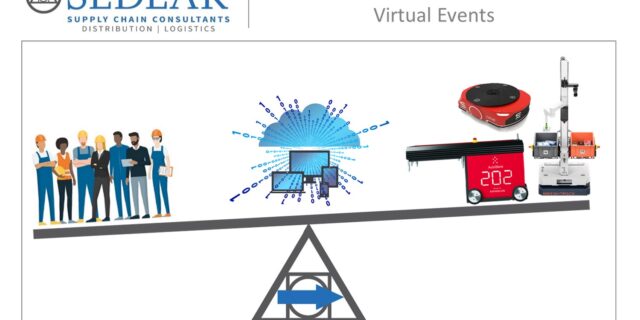How to implement an LMS in under 120 days
April 2, 2020 By: Louis J. Cerny | Topics: IT Solutions, Productivity & LaborDuring the COVID-19 Outbreak
Co-written with Dave Cerny, Senior Consultant
If, like many of your counterparts, you are faced with the challenges of finding and keeping a motivated labor force, all while reducing costs and meeting executive expectations for 2020, time is not your friend.
These labor challenges have been exacerbated further by the COVID-19 outbreak, making it critical for your business to take action and prepare for the demand and labor challenges that will come once the crisis is behind us.
As noted in the previous blog post in our LM series, a Labor Management System (LMS) can often take 6-12 months to integrate after a system provider is under contract. As we begin the second quarter of 2020, getting an LMS fully implemented prior to the peak season could be a challenge. The last thing you want to do is introduce a system in peak and have it negatively impact customer service as well as employee performance and satisfaction.
Don’t panic yet. There are some things that can be done to gain the benefits of an LMS within a shorter time frame.
Here are some ways to accomplish this.
Confirm if Your Organization Already Has an LMS License
It may seem obvious, but many firms that have a WMS may already have received the license for the LMS module as part of the WM negotiations. It never hurts to ask! If this is the case, it can eliminate the need to evaluate many options and allows you to work with a known vendor. The associated fees could also have already been negotiated. This could certainly expedite the implementation process.
Follow the Money
While it is desirable to ultimately get your entire workforce on the system, the old adage “follow the money” can certainly be applied. Identify the most labor-intensive areas in your operation and begin by implementing them first. In general, picking and packing often account for 60-70% of your fulfillment labor. By attacking these areas first, you can have the greatest impact on cost, save implementation time and set the stage to roll into the other areas. Based on the success experienced by the associates in these initial areas, you may well see that other functional areas are now looking forward to being brought into the system and receive the recognition for the effort they are providing. This approach can often save 2-3 months required to develop and verify all the engineered standards.
Capture the Low-hanging Fruit
There are several components that drive the savings from labor management. These include:
Replacing Poor Practices with Optimized Methods
Prior to implementing any LMS, take the time to review the various tasks and ensure the methods are optimized. Identify what the most efficient associates are doing and train others to do the same. Be sure that SOPs are maintained and everyone is familiar with them. This can provide significant improvements (3-10%), especially if it has been several years since this was done.
Identifying and Eliminating Missing Time
Capturing how an associate spends their day identifies gaps in productive effort. Just capturing the amount of non-productive missing time and making the associates aware of their performance as compared to their contemporaries can often result in 3-5% increases in overall performance. This can often be captured in 30-45 days with appropriate system interfaces.
Utilize Data Analytics Rather Than Engineered Standards
While a traditional LMS incorporates Engineered Standards as an integral part of the program, many of the benefits of an LMS can be obtained without having to develop and maintain the standards.
Capturing the performance data over a period of time will create a database that provides statistically valid performance metrics and will self-regulate without the need to maintain standards.
Systems such as the one provided by Easy Metrics capture missing time and do not require engineered standards. It can typically be implemented in 90 days. This type of approach can allow time to include change management in the rollout while still seeing benefits in 2020.
Another reason a system like Easy Metrics could be the perfect solution is that the LMS can be fully implemented remotely, eliminating the risk of COVID-19 exposure from an on-site project.
For more information, read the previous posts in our labor management blog series including:
2020 Insight into Optimizing Labor
The Crucial Benefits of Labor Management Systems
Utilizing Change Management to Ensure Labor Management Success
LMS Implementation Costs and Schedule
You can also learn how to transform your network into an agile supply chain to effectively respond to the COVID-19 crisis and prepare for business continuity issues you might face in the future.
Have questions about implementing an LMS in time for peak season? Contact Lou Cerny at lcerny@jasedlak.com.





